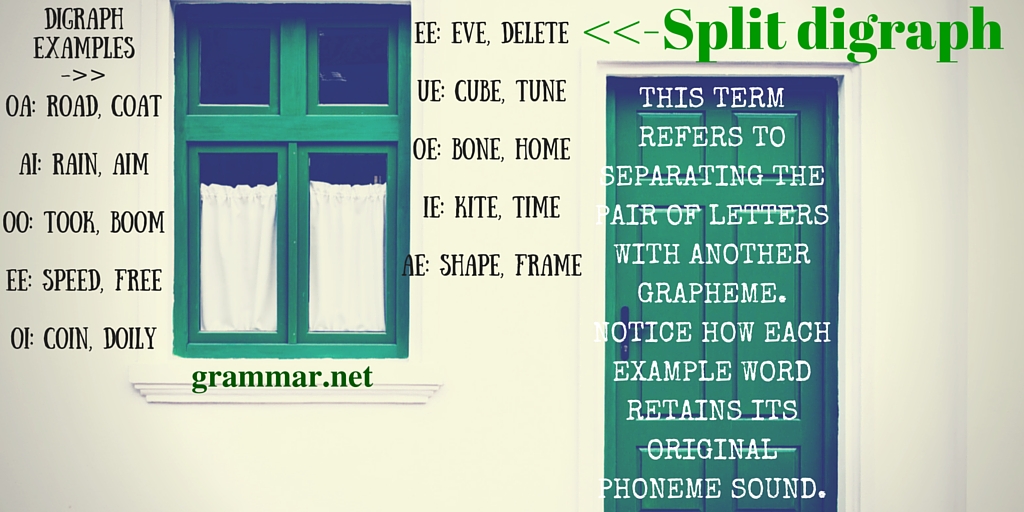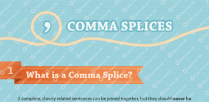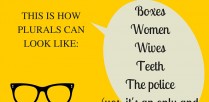Phonemes are the most basic units of sound in English and graphemes are the symbols that represent them. For instance, the alphabet has 26 graphemes, and each represents a unique sound. To better remember this, keep in mind that spoken language was invented before written language. Mixing graphemes together in different combinations is how words are crafted.
Some sound representations are composed of more than one grapheme; the most common of these have either two or three graphemes. To emphasize, these combinations represent a single sound, one phoneme, and should not be confused with letter blends in which each letter might be clearly heard.
Ff: scoff, whiff, off
Ch: chimp, bleach, churn
Ph: triumph, elephant, Phoenix
Th: them, with, thing
Ck: black, trick, snack
Sh: shirt, mash, fish
Vowel Digraph Examples
Oa: road, coat, soap
Ai: rain, aim, paid
Oo: took, boom, school
Ee: speed, free, meet
Oi: coin, doily, rejoice
Split Digraph
This term refers to separating the pair of letters with another grapheme. This is frequently seen with -ee but there are plenty using the other vowels and -e at the end. Some may refer to this as the silent -e, but in reality, any grapheme is just a representation of a phoneme. The entire grapheme is one unit, so it would be incorrect to say any part of it is silent. Notice how each example word retains its original phoneme sound.
Ee: eve, delete, scheme, these
Ue: cube, tune, rude, tube
Oe: bone, home, throne, code
Ie: kite, time, write, mine
Ae: shape, frame, mane, save









